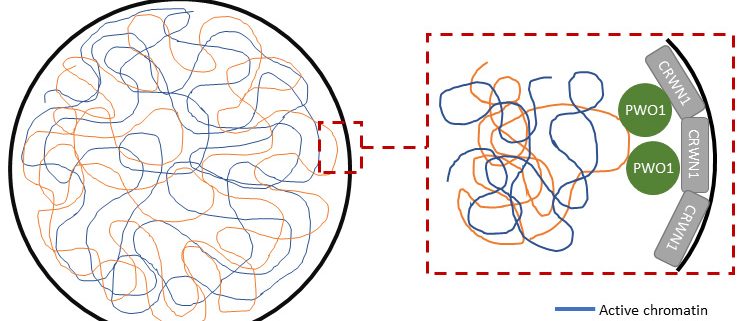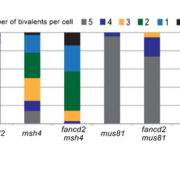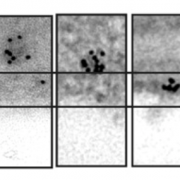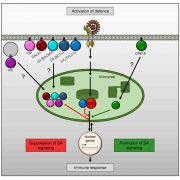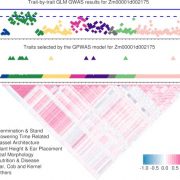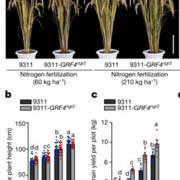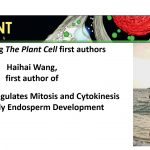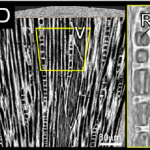How to pack chromatin in nuclear space? A plant-specific chromatin regulator associates with component of the nuclear periphery
https://doi.org/10.1105/tpc.18.00663
Mikulski et al. find that the PWO chromatin regulator interacts with a structural component of the nuclear periphery.
By Pawel Mikulski, Cell and Developmental Biology, John Innes Centre, Norwich, UK
Background: DNA is wrapped around histone proteins forming a structure called chromatin. The cell nucleus contains regions of chromatin that are either active or repressive, so correlated with high or low transcription, respectively. Many of those regions are dynamically regulated and switch from one state to the other under developmental cues, stress responses and cell differentiation. Repressive and active chromatin regions are largely intertwined in subnuclear space, resembling a bowl of multicolour spaghetti.
Question: At the first glance, organization of chromatin in the nucleus looks rather chaotic; however, chromatin switches are fine-tuned and specific to particular regions. How does the cell establish a given chromatin state in 3D subnuclear space? We wanted to explore that problem by studying previously uncharacterized connection between a repressive chromatin regulator and the component of nuclear periphery.
Findings: We observed that a chromatin regulator PWWP INTERACTOR OF POLYCOMBS1 (PWO1) interacts physically (via protein-protein interaction) with a structural component of the nuclear periphery CROWDED NUCLEI 1 (CRWN1). Such association is functional – mutating PWO1 and/or CRWN1 leads to structural changes in nuclear morphology and alters expression status of similar set of target genes. Moreover, we observed that PWO1 localizes to speckle- or network-like structures in plant nuclei, with the speckle-like foci being located predominantly at the nuclear periphery. Our results highlight the significance of subnuclear positioning of chromatin and its regulators, and add a new factor linking gene repression and nuclear periphery. Importantly, only a handful of such factors in all biological kingdoms is currently characterized.
Next steps: We plan to address whether the other regulators similar to PWO1 are also connected with structural components of nuclear periphery, understand what affects PWO1 subnuclear localization and investigate positioning of PWO1- and CRWN1-regulated genes.
Pawel Mikulski1,2,5,a, Mareike L. Hohenstatt2,a, Sara Farrona2,6, Cezary Smaczniak3,4, Yvonne Stahl2, Kalyanikrishna1, Kerstin Kaufmann3,4, Gerco Angenent4, Daniel Schubert (2019). The Chromatin-associated Protein PWO1 Interacts with Plant Nuclear Lamin-like Components to Regulate Nuclear Size. https://doi.org/10.1105/tpc.18.00663
Key words: chromatin, subnuclear positioning, nuclear periphery


